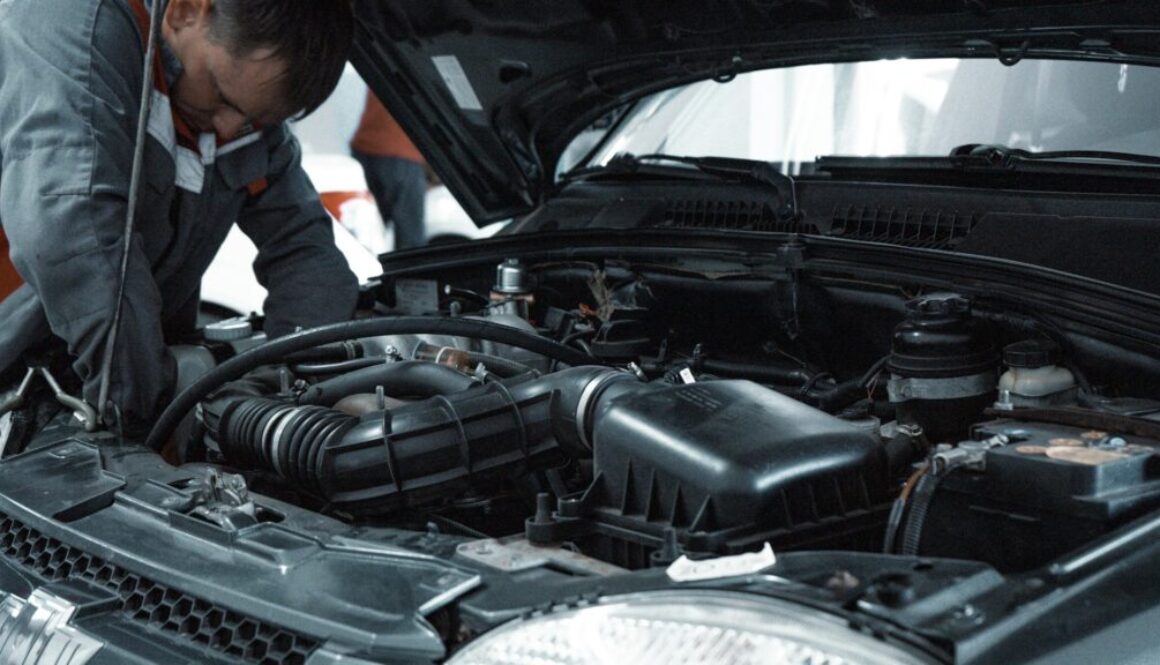The Essential Role of Timing Belts and Their Proper Maintenance
The timing belt is a critical but often overlooked component of your vehicle’s engine. Its primary function is to synchronise the rotation of the crankshaft and camshaft, ensuring the smooth operation and coordination of your engine’s moving parts. Neglecting the timely maintenance of your timing belt can lead to severe engine damage and expensive repairs. In this blog post, we will delve into the importance of proper timing belt maintenance, how to identify potential issues, and what you can do to ensure your engine stays in tip-top shape.
A crucial aspect of internal combustion engines, the timing belt ensures that the valves open and close with precise timing in coordination with the pistons. A faulty or worn timing belt can result in the disruption of this synchronisation, leading to poor engine performance, a decrease in fuel efficiency, or even catastrophic engine failure if the belt breaks during operation.
As timing belts wear over time, it’s critical to stick to a regular maintenance schedule to prevent potential issues from developing. Most vehicle manufacturers provide recommendations for timing belt replacement intervals, typically ranging from 60,000 to 100,000 miles. By adhering to these guidelines, you can avoid the costly consequences of a broken or damaged timing belt and ensure that your engine performs efficiently and reliably.
Types of Timing Belts and Their Characteristics
There are two primary types of timing belts, each with its unique characteristics and performance aspects:
- Rubber Timing Belts: Constructed from high-quality rubber with fibre reinforcements, these belts are durable and provide excellent resistance to wear and tear. However, rubber timing belts can become brittle and prone to cracking over time, particularly in extreme temperatures.
- Metal Timing Chains: Made from metal links joined together, timing chains offer enhanced durability and longevity compared to rubber belts. While these chains are designed to last the life of the engine, they can still suffer from wear and tear or stretch, requiring periodic inspection and maintenance.
Common Symptoms of Timing Belt Issues
Being aware of the following signs could help you identify timing belt issues before they escalate into more significant complications:
- Engine Misfire: A worn timing belt can cause the engine to misfire due to a disruption in the valve and piston timing.
- Decreased Fuel Efficiency: An inefficiently functioning timing belt can make the engine work harder, leading to reduced fuel efficiency.
- Abnormal Noises: A failing timing belt might produce peculiar noises, such as a ticking or whirring sound coming from your engine.
- Difficulty Starting the Vehicle: A damaged timing belt can make it difficult to start your car, as the engine’s components are unable to synchronise and function correctly.
Timing Belt Maintenance Tips
Here are some tips to help you keep your timing belt in good condition and prolong its lifespan:
- Adhere to Manufacturer’s Guidelines: Always follow the vehicle manufacturer’s recommended maintenance schedule for timing belt replacement to avoid potential damage and costly repairs.
- Regularly Inspect the Belt: Periodically examine your timing belt for signs of wear, such as frayed edges, cracks, or missing teeth. This can help you detect potential issues before they become severe.
- Replace Damaged Components: In addition to replacing a worn timing belt, ensure that other associated components like tensioners, pulleys, and water pumps are in good condition, as they can cause premature belt wear if damaged.
- Keep Your Engine Clean: A clean engine is less likely to contribute to premature timing belt wear. Regular oil changes and engine maintenance can help keep debris and contaminants to a minimum.
The Importance of Professional Timing Belt Maintenance
Entrusting your timing belt maintenance to a professional auto repair shop can provide a range of benefits, including the following:
- Accurate Diagnosis: Professional technicians can accurately diagnose and repair even the most complex timing belt issues, saving you time and money.
- Proper Tools and Equipment: A professional auto repair shop will have access to the necessary tools and equipment to maintain and replace your timing belt effectively and efficiently.
- Comprehensive Service: Along with replacing your timing belt, a professional service may also inspect and, if necessary, replace related components such as tensioners, pulleys, and water pumps.
- Peace of Mind: Knowing your timing belt maintenance is in the hands of skilled professionals can provide you with the assurance that your vehicle is in safe and expert care.
Invest in Proper Timing Belt Maintenance for a Healthy Engine
Keeping your timing belt in good condition is essential for the optimal performance and longevity of your vehicle’s engine. Regular inspection and maintenance can help prevent costly repairs and prolong the life of your engine. By entrusting your timing belt care to experienced professionals, you can ensure that your vehicle remains in top shape on Dubai’s roads.
Choose Craft Auto Services for all your timing belt maintenance and auto repair needs in Dubai. Our team of skilled technicians is dedicated to providing high-quality services, ensuring your vehicle remains in excellent condition. Schedule an appointment with us today for reliable and professional timing belt maintenance, and enjoy the confidence that comes with knowing your car is in expert hands.


